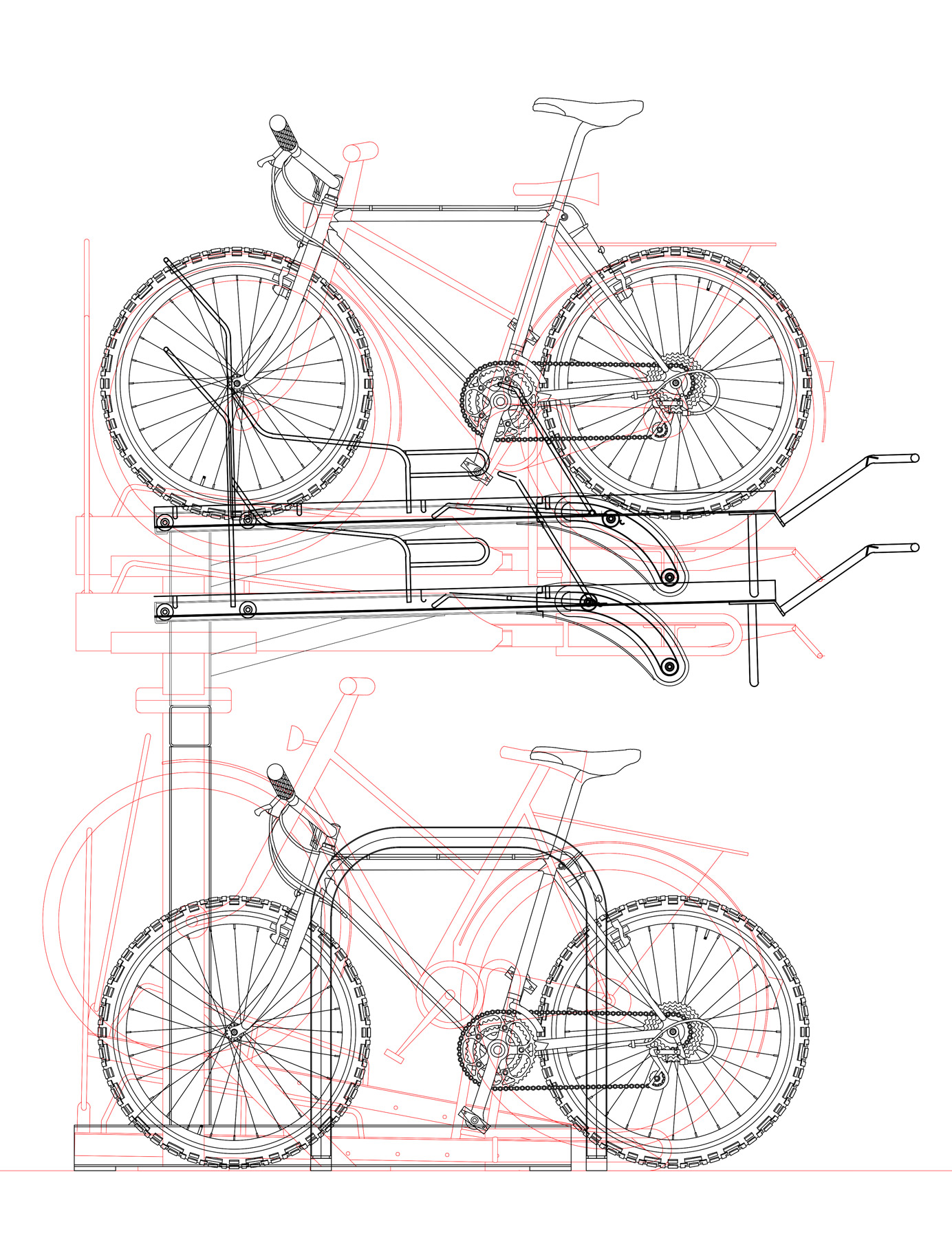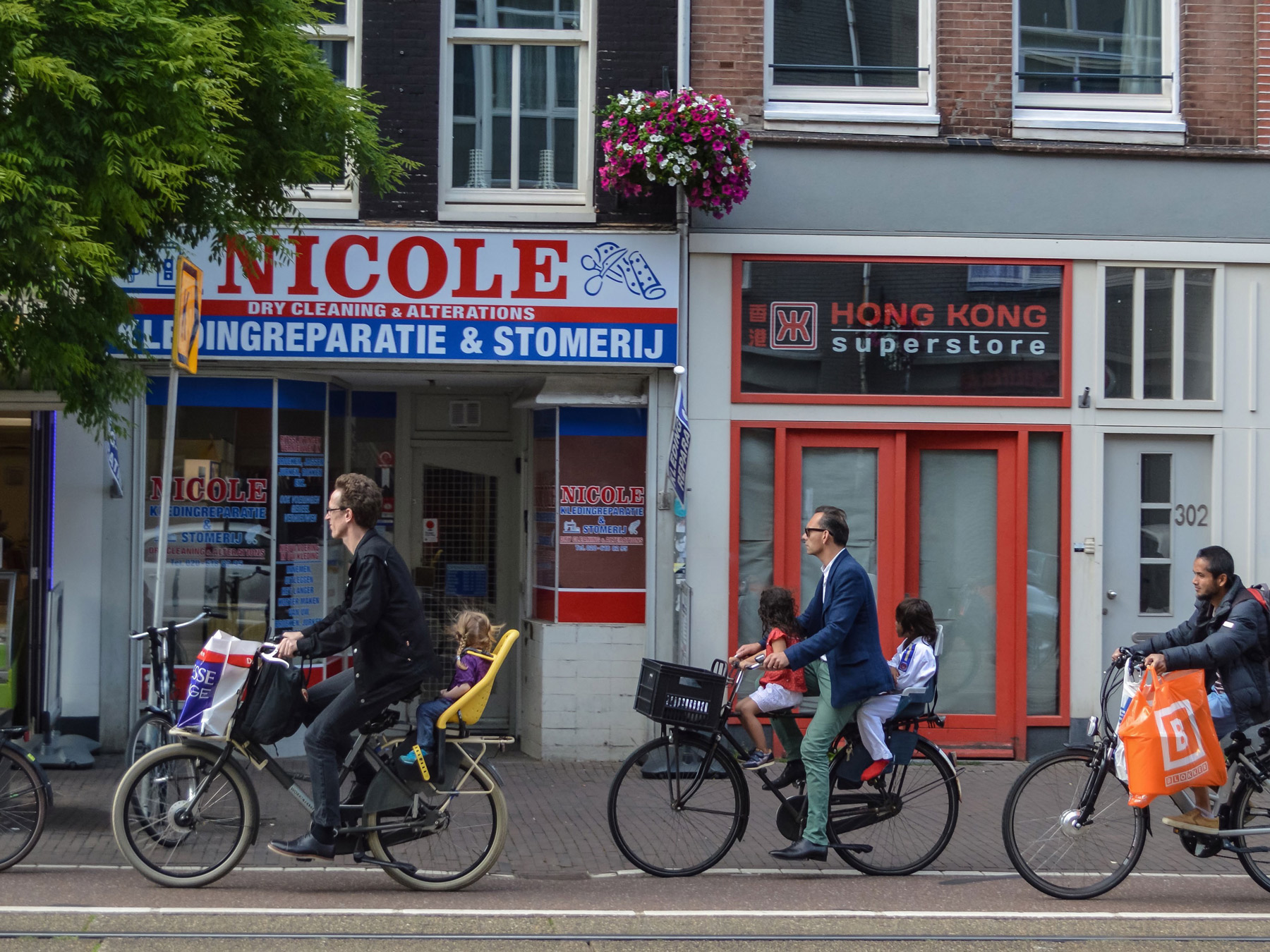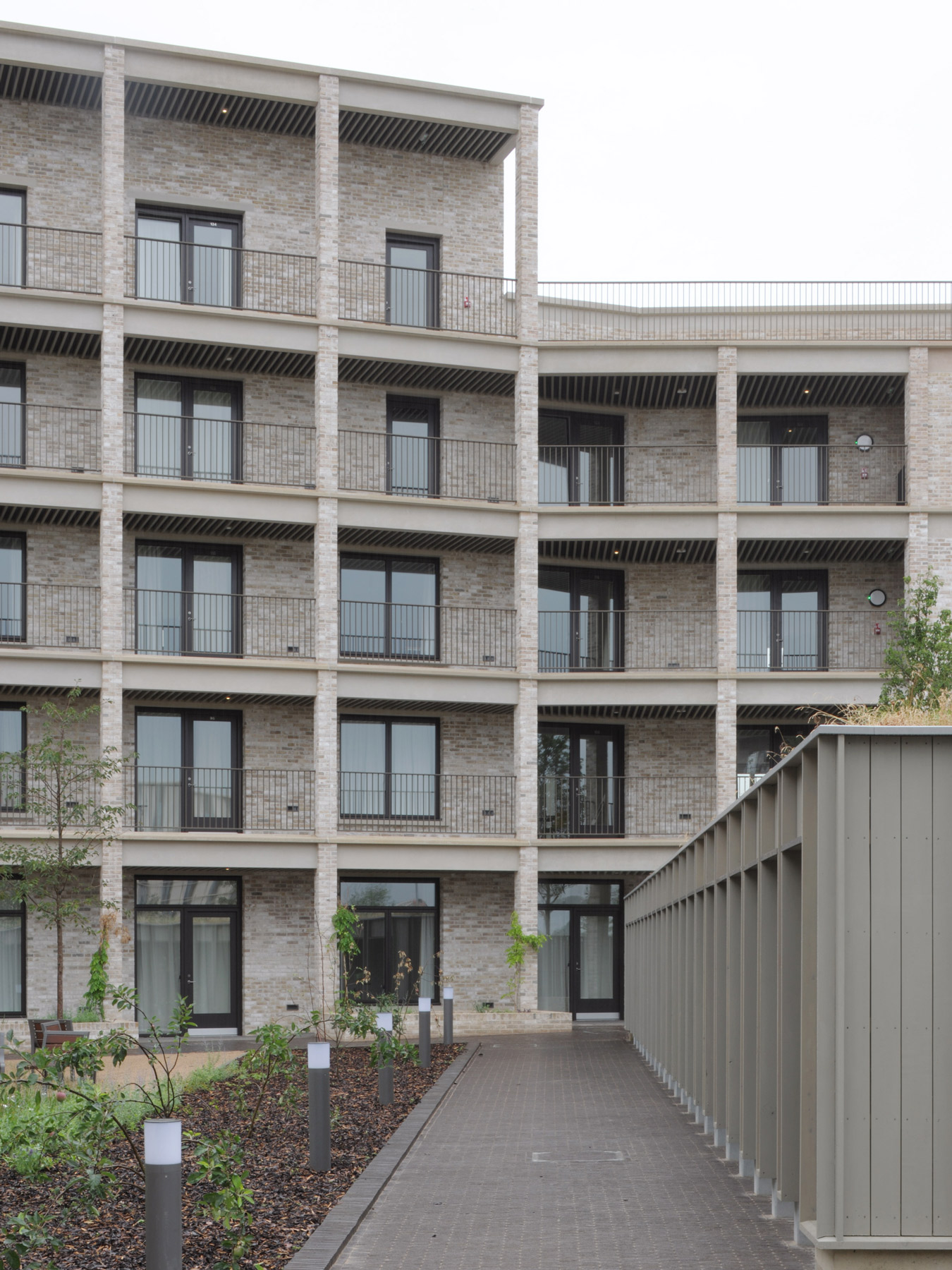Exploring cycling provision post pandemic
Cycling has suddenly taken a front seat as the choice of transport post pandemic in UK cities, so does this mean we will see more care taken to integrate cycle provisions into our buildings?
Urban Designers Andrew Kitching and Blazej Czuba explore attitudes to cycling provision in the Netherlands and the UK.
As an Anglo / Dutch practice we can benefit and share experiences and knowledge from both studios in Rotterdam and London and at a recent studio discussion group about cycling we did just this.
We were able to compare how our cycling provisions and attitudes to designing cycle storage differ in the UK to that of the Netherlands and predict how things may or may not evolve post Covid-19.
Of course, our Dutch counterparts have always had the edge when it comes to two wheels however this may be about to change. 8.9 million people were cycling in the UK during the pandemic, that is 16 % of the population. The shift towards cycling culture has been given a kick which means there will no doubt be more attention to cycle storage. The government has pledged to spend 2 billion pounds to promote cycling, including through building new infrastructure and London boroughs are adopting en masse the low traffic neighbourhood principles, introducing modal filtering to prioritise cyclists and gradually intensifying development of cycle lanes.
Up to now UK cycle storage has always been able to be tucked away alongside bin stores and parking entrances, but growing space requirements are creating challenges with this approach. Increasingly the space required is demanding that cycle storage needs to be considered early in the design process. With this, there is opportunity to provide more positive and inviting cycle storage spaces. Much emphasis is placed on the arrival experience for a pedestrian entering a lobby – perhaps it is time to extend this to ensure the same degree of attention for those arriving home by bike. We are seeing a shift from car parking provision yet whilst the space gain in car-free schemes may be substantial, it needs to be balanced with the aforesaid increase in cycle storage provision and increased demand on plant space required to meet net-zero carbon targets.
Sustainable transport and active travel are always cited a key solution to reduce carbon emissions. Fewer and fewer young people are taking a driving test yet will still demand their independent mobility. Schemes that make the most of their cycle storage and which celebrate plugging into a growing cycle network across London will therefore be at the forefront of the carbon agenda and can pick up on the ever-growing interest in cycling from residents new and old.
The Netherlands have been providing for cyclists since the 1970s and are well-versed in how to provide for them. In many ways, the cultural acceptance of cycling is the main way the Netherlands is ahead and means that providing infrastructure for the bike will always be at the front of the agenda. Cyclists are given priority on city streets, protected by law, given huge amounts of infrastructure investment such as with thousands of cycle parking spaces at stations, and are in short, everywhere. Their abundance makes it clear just how positive their impact can be – safer streets, lower emissions, greater independence, to name but a few. With cycling being the ‘norm’ it means city-bikes become a part of the street furniture as much as cars parked on the street, and people are accepting of the need for a bike they can leave in the street, as long as they can store a ‘weekend’ (more expensive) bike indoors.
Contemporary development brings challenges no matter where one is, and with density increasing, finding sheltered and protected cycle storage space is particularly challenging.
In the hunt for higher densities and the corresponding demand for sheltered and protected cycle storage, perhaps this is a next step in design that London can lead the way with.
Andrew Kitching and Blazej Czuba, Urban Designers
View Ryle Yard


